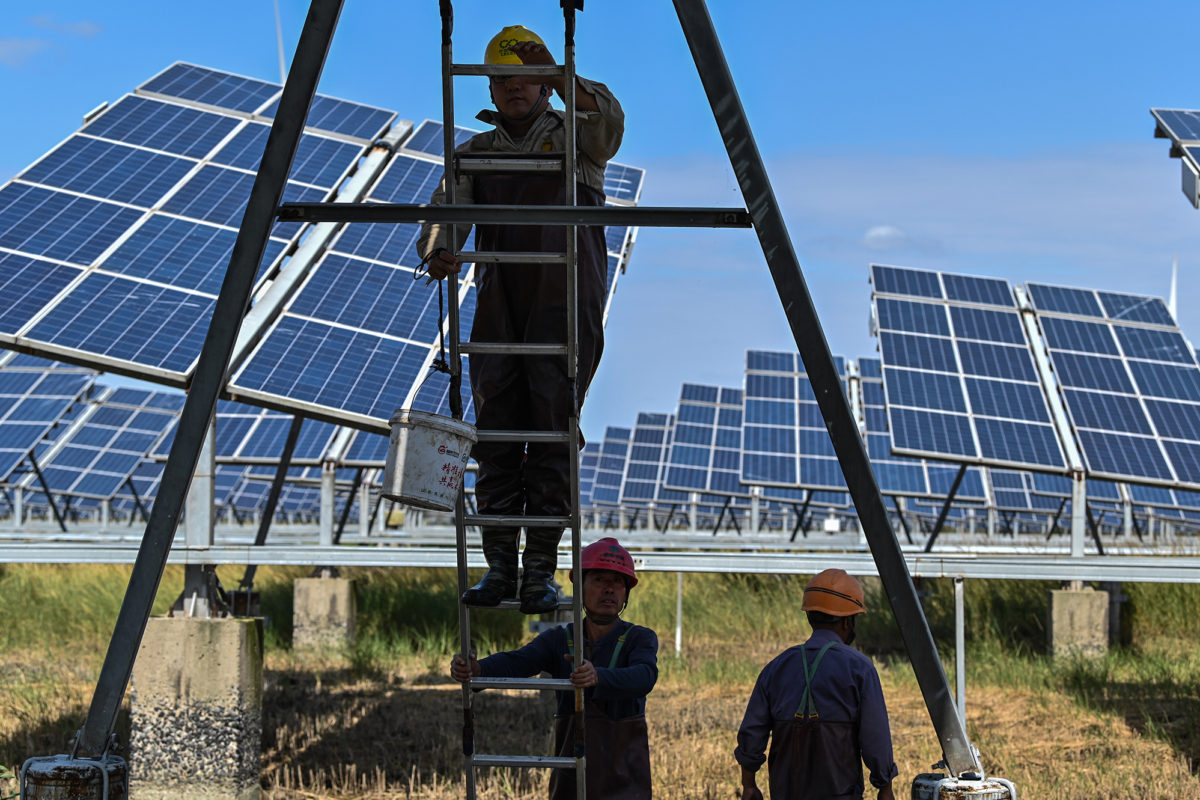
Renewable energy refers to the power that comes from processes or sources that can be replenished. Examples include hydropower, geothermal energy, wind energy, and solar energy. It is closely linked with clean or green energy. However, they have a few differences.
Renewable sources are recyclable, green energy comes from nature, and clean energy does not produce or release carbon dioxide. Also, note that not all renewable energy types are green or clean. For example, hydroelectric sources may damage ecosystems through deforestation.
What Does Non-Renewable Energy Mean?
Non-renewable energy is energy that can’t be quickly replenished and will take thousands of years to develop. Examples include natural gases, coal, and fossil fuels that are furnaced to create electricity.
Why is Renewable Energy Important?
Renewable energy can provide power without utilizing natural resources. Also, it does not pose many environmental issues, such as fuel spills or greenhouse gas emissions. Moreover, it reduces the need to import fuels.
How Effective is Renewable Energy?
Renewable energy greatly depends on the resource utilized. Some renewable resources are more accessible and effective, while some may only be accessible in specific locations. Nevertheless, despite that, renewable energy can reduce harmful emissions by 80%.
What Countries Use Renewable Energy the Most?
According to Statista, the leading countries with the most installed renewable power capacity in 2020 are the following:
- China – 895GW
- United States – 292GW
- Brazil – 150GW
- India – 134GW
- Germany – 132GW
- Canada – 101GW
- Japan – 101GW
- Italy – 55GW
- France – 55GW
Will the World Run Out of Renewable Energy?
Renewable sources will not deplete or run out, at least for millions and millions of years to come (for example, the sun). They offer a feasible alternative to non-renewable sources.
Will Renewable Energy Replace Fossil Fuels in the Future?
The goal of many countries worldwide is to replace hydrocarbon-containing materials with renewable energy in the future. There is only a limited amount of oil and coal in the world and they will drain out in the future.
Therefore, there is no other option for the world but to transition to renewable energy. Moreover, the need for renewable, green, and clean energy is becoming more vivid as global warming progresses.
For that reason, there is a great need to develop renewable solutions. Additionally, renewable sources must work together to provide enough and a continued supply. A continued need for improved energy storage and management and cleaner processes of production still exists. The future of renewable energy is possible. However, a lot of work is needed before the whole world is set to get rid of fossil fuels entirely.
Conclusion
There is a future ahead for renewable energy, and it is expected to contribute the most to the energy mix, together with other green or clean sources like nuclear power. The motivation towards a cleaner and better future for energy production also promotes job opportunities in renewable industries.
This change will continue as countries and governments aim for net-zero carbon emissions.
